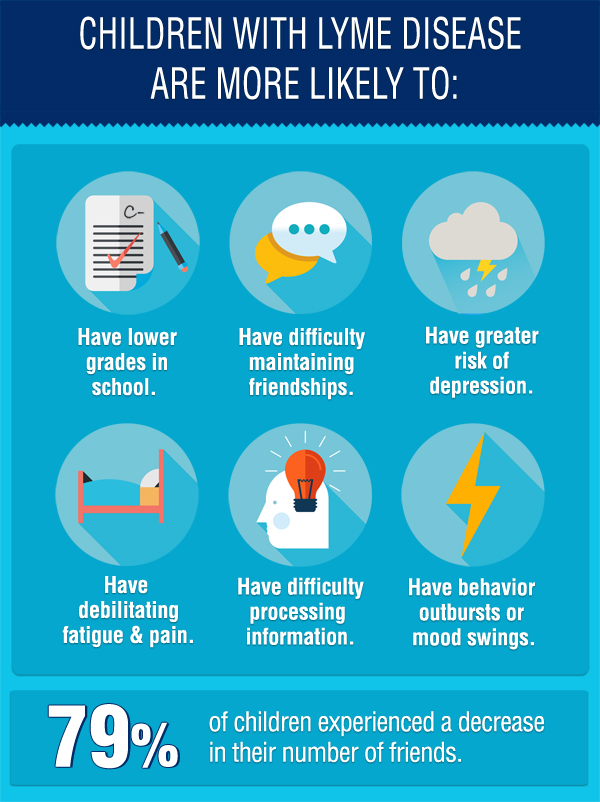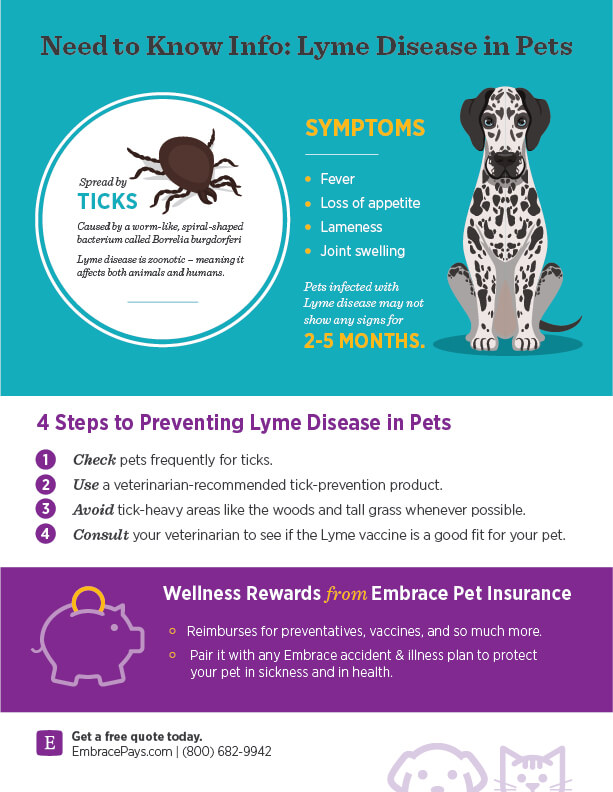Uncover the mysterious origins of Lyme Disease symptoms and learn the surprising truth behind the elusive symptoms. Curiosity awaits!
Table of Contents
- Introduction: A Sneaky Bug Bite That Packs a Punch
- Meet the Culprit: The Tiny Tick
- What Happens Inside: Infection Symptom Spy
- Getting the Right Help: Lyme Diagnosis Detective
- Finding Relief: Battling Lyme with Disease Treatment
- Coping and Healing: Managing Lyme Disease Symptoms
- If Ticks Could Talk: Interesting Facts About Lyme Disease and Ticks
- Be a Lyme Disease Superhero: Prevention Techniques Quiz
- Summing Up the Lyme Limelight
- FAQs: Questions Every Kid Asks About Lyme Disease
Introduction: A Sneaky Bug Bite That Packs a Punch
We’ll start off by explaining what Lyme disease is and why it’s important to know about this sneaky bug bite. Lyme disease is a serious illness caused by a tiny parasite that you might not even notice until it’s too late. This bug bite can cause some big problems, so it’s essential to learn more about it.
Did you know that Lyme disease is a type of tick-borne illness? This means that it’s spread to humans through the bite of an infected tick. These tiny creatures may seem harmless, but they can actually transmit a harmful disease that can make you very sick. Let’s dive into what makes Lyme disease tick and how you can protect yourself from it.
Whether you’re playing outside, hiking in the woods, or just enjoying nature, being aware of Lyme disease and its symptoms can help you stay healthy and safe. Let’s explore more to understand how to spot the signs of Lyme disease and what you can do to prevent it.
So, buckle up as we unravel the mystery behind this sneaky bug bite that packs a punch. Prepare to become a little Lyme disease detective in no time!
Meet the Culprit: The Tiny Tick
When it comes to Lyme disease, the culprit behind all the trouble is the tiny tick. Ticks are small insects that feed on the blood of animals, including humans. These pesky parasites can carry harmful bacteria that they pass on when they bite their unsuspecting victims. Let’s take a closer look at these tiny troublemakers.
What’s a Tick?
Ticks are not insects but rather arachnids, which means they’re more closely related to spiders and scorpions. These minuscule creatures have eight legs and come in various sizes, depending on their life stage and species. Ticks typically live in wooded or grassy areas, waiting for a host to latch onto for a blood meal.
How Ticks Cause Trouble
When a tick latches onto its host, it inserts its mouthparts into the skin to feed. If the tick is carrying the bacteria that causes Lyme disease, it can transmit the infection through its bite. The longer the tick stays attached, the higher the risk of transmitting the bacteria. That’s why it’s essential to remove ticks promptly and take preventive measures to avoid getting bitten in the first place.
What Happens Inside: Infection Symptom Spy
In this section, we’ll take a closer look at the symptoms that Lyme disease can cause and how they affect the body.

Image courtesy of via Google Images
Spotting the Signs
When someone gets bitten by a tick carrying Lyme disease, they may start to experience symptoms like a rash that looks like a bullseye, fever, headache, and fatigue. These symptoms can show up anywhere from a few days to a few weeks after being bitten.
Feeling the Effects
As the infection progresses, the symptoms can get worse and make it hard for the person to do their usual activities. Some people might have joint pain, muscle aches, and even problems with their heart or nervous system.
Getting the Right Help: Lyme Diagnosis Detective
When it comes to Lyme disease, getting the right diagnosis is crucial. Let’s walk through the steps and methods used to pinpoint this sneaky bug bite disease.
Visiting the Doctor
So, your parents have noticed some strange symptoms or you just had a tick bite. It’s time to visit the doctor. At the doctor’s office, they will ask you some questions about your symptoms and check for any physical signs of Lyme disease, like a red rash in the shape of a bullseye.
Tests and More Tests
If the doctor suspects Lyme disease, they may recommend some tests to confirm it. One common test is a blood test that looks for antibodies that your body produces to fight the Lyme disease bacteria. You may need to wait a few days for the results, so be patient!
Dress to Protect
When heading outdoors, make sure to wear clothing that covers your skin. Opt for long-sleeved shirts, pants, and socks to create a barrier between you and any potential tick bites. Light-colored clothing can also help you spot ticks more easily.
Playing it Safe Outdoors
While playing outside or going for a hike, stay on cleared paths and avoid walking through tall grass or dense vegetation where ticks may be hiding. After spending time outdoors, always be sure to check yourself and your pets for any unwanted hitchhiking ticks.
Finding Relief: Battling Lyme with Disease Treatment
When fighting Lyme disease, doctors often prescribe antibiotics to help your body combat the infection. These medicines are like superheroes that target the bacteria causing the illness. By taking the prescribed antibiotics as directed by your doctor, you are giving your body the best chance to fight off the Lyme disease.
Image courtesy of via Google Images
Rest and Recovery
Rest is a crucial part of the healing process when you have Lyme disease. Just like how you need to recharge your superhero powers after a big battle, your body needs time to recuperate and heal. Make sure to get plenty of rest, eat nutritious foods, and drink lots of water to help your body recover from the fight against Lyme disease.
Coping and Healing: Managing Lyme Disease Symptoms
When dealing with Lyme disease symptoms, it’s crucial to create a comfortable and calm environment at home. Encourage the person with Lyme disease to rest as much as possible and provide them with a cozy space to relax. Make sure they stay hydrated by drinking plenty of water to help their body fight the infection.
Support from Family and Friends
Having the support of loved ones can make a world of difference for someone battling Lyme disease. Family and friends can help by offering emotional support, running errands, cooking meals, or simply being there to listen. Their encouragement and care can lift the spirits of someone going through a difficult time.
If Ticks Could Talk: Interesting Facts About Lyme Disease and Ticks
Ticks are tiny creatures that belong to the arachnid family, which also includes spiders and scorpions. They can be as small as a poppy seed but can cause big trouble for humans and animals alike. These pesky critters thrive in wooded areas, tall grass, and shrubs, waiting for a host to pass by so they can latch on and feed on their blood. Ticks are like tiny vampires, but not as charming!
| Causes of Lyme Disease Symptoms |
|---|
| 1. Bacteria |
| 2. Infected Tick Bite |
| 3. Delayed Treatment |
| 4. Weakened Immune System |

Image courtesy of via Google Images
Did You Know?
Here are some quirky facts about Lyme disease that might surprise you:
– Lyme disease got its name from a town called Lyme in Connecticut, where it was first identified in the 1970s.
– Not all ticks carry the bacteria that cause Lyme disease. Only certain types of ticks, like the black-legged tick, can transmit this illness.
– Ticks are most active during the warmer months, from April to September, so be extra cautious during outdoor adventures in these months.
– Ticks are stealthy creatures. When they bite, they inject a numbing substance, so you might not even feel it until it’s too late!
Now that you know more about ticks and Lyme disease, it’s essential to protect yourself when you’re out exploring nature. Stay safe and keep an eye out for these sneaky critters!
Be a Lyme Disease Superhero: Prevention Techniques Quiz
Now that we’ve learned all about Lyme disease and how to stay safe, let’s put your knowledge to the test with a fun quiz!
Question 1: How can you protect yourself from tick bites?
A) Wear long sleeves and pants when playing outside
B) Use insect repellent with DEET
C) Stay on cleared paths while hiking
D) All of the above
Question 2: What should you do if you find a tick on your skin?
A) Ignore it, it will go away on its own
B) Use tweezers to carefully remove the tick by pulling straight out
C) Cover it with nail polish to suffocate it
D) Ask a friend to remove it for you
Question 3: Where are ticks commonly found?
A) Ticks are only found in wooded areas
B) Ticks are found in cities and suburbs
C) Ticks are only found in the mountains
D) Ticks can be found in a variety of environments
Check your answers below to see how well you did!
Summing Up the Lyme Limelight
Throughout this article, we’ve delved into the world of Lyme disease, a serious tick-borne illness that can cause a range of infection symptoms. Let’s quickly recap the key points we’ve covered:

Image courtesy of via Google Images
Lyme Disease Basics: A Closer Look
We learned that Lyme disease is caused by a tiny tick bite and can lead to various symptoms affecting the body.
The Trouble with Ticks
Ticks are small arachnids that live in wooded and grassy areas, posing a risk for transmitting Lyme disease to unsuspecting individuals.
Understanding the signs of Lyme disease, including fatigue, fever, and a characteristic rash, can help in getting a timely diagnosis and effective treatment.
Detecting and Diagnosing Lyme
Visiting a doctor and undergoing specific tests are essential steps in diagnosing Lyme disease accurately and initiating appropriate treatment.
Defense Against Lyme: Prevention Matters
Preventive measures like wearing protective clothing and conducting tick checks after outdoor activities can significantly reduce the risk of contracting Lyme disease.
Treatment Battles Lyme
Various medications are available to combat Lyme disease, and ample rest is crucial for a smooth recovery process.
Coping with Symptoms
Home remedies and support from loved ones play a vital role in managing Lyme disease symptoms and aiding in the healing journey.
It’s essential to remain educated about Lyme disease and ticks, as well as adopting preventive techniques to safeguard against this prevalent illness.
FAQs: Questions Every Kid Asks About Lyme Disease
Why Do Ticks Spread Lyme Disease?
Ticks are tiny bugs that hang out in grassy or wooded areas, waiting to latch onto animals or people for a tasty blood meal. When a tick bites someone, it can pass on a bacteria that causes Lyme disease. This bacteria can sneak into the body through the tick’s saliva and start causing trouble without you even knowing it!
Can I Play Outside After Getting Lyme Disease?
Once you’ve been diagnosed with Lyme disease, your doctor will give you instructions on how to recover. It’s super important to follow their advice and take it easy, especially if you’re feeling tired or achy. While you’re on the mend, it’s best to avoid running around outside and stick to quieter activities until you’re feeling better.
What Should I Do If I Find a Tick on Me?
If you spot a tick crawling on your skin, don’t panic! The key is to remove it carefully using tweezers. Grasp the tick as close to your skin’s surface as possible and pull gently upward. Make sure you don’t twist or squeeze the tick too hard, as you want to get it out whole. After that, clean the area with soap and water and keep an eye out for any signs of infection or illness.





